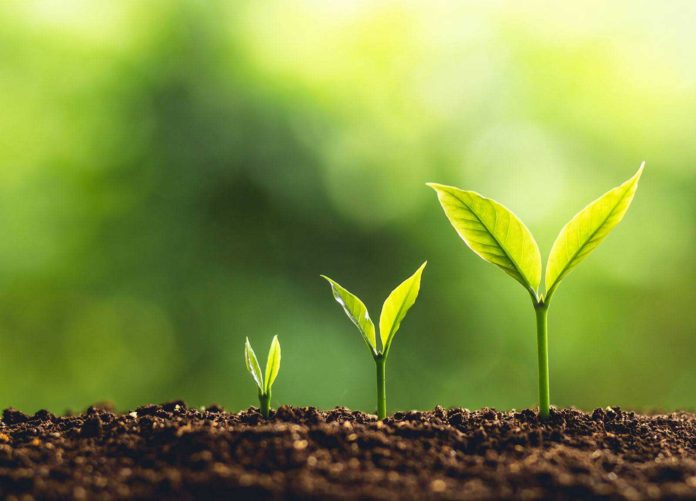Global climate change caused by CO 2 emissions can stress terrestrial vegetation, potentially decreasing production. On the other hand, CO 2 interacts directly with plants, stimulating leaf-level photosynthesis and water-use efficiency.
The rise in atmospheric CO 2 concentration over the past century presents an opportunity for gauging the strength of the terrestrial biosphere response to these potential impacts.
A recent study by the James Cook University, suggests that terrestrial plants are currently absorbing more CO2 than it discharged into the atmosphere through the combination of fire, decomposition, plant respiration, and human-related emissions. As the planet getting warmer, plants are working to slow the effect of human-caused climate change.
This technique is also known as the land carbon sink and it is slowing the rate at which atmospheric CO2 is increasing.
In collaboration with colleagues from CSIRO Oceans and Atmosphere in Canberra and the Université de Lorraine in France, scientists measured the strength of the terrestrial biosphere’s response to increasing CO2. They particularly focused on photosynthesis and examined terrestrial gross primary productivity (GPP), a measure of global photosynthesis.
They found that since the beginning of the industrial era, photosynthesis has increased in nearly constant proportion to the rise in atmospheric CO2.
Lead researcher Lucas Cernusak said, “This is an important step forward in the long and complex task of gauging how terrestrial vegetation will respond to climate change in the longer term.”
“While increased CO2 has allowed an increase in photosynthesis and global leaf area, but we are concerned that — with increasing frequency of events such as heat waves, droughts, and storms — has the potential to significantly stress terrestrial vegetation and decrease production.”
“It’s also important to remember that global change will manifest differently in different regions.”
“Our observations and modeling analyses suggest that in high latitude ecosystems it’s global warming that is driving the increase in leaf area and growing-season length.”
“That’s quite different from the tropics, where our study indicates that CO2 fertilization is driving the growth in photosynthesis while climbing temperatures can create significant stress for some plant species.”
The study is published in the Journal of Trends in Plant Science.
